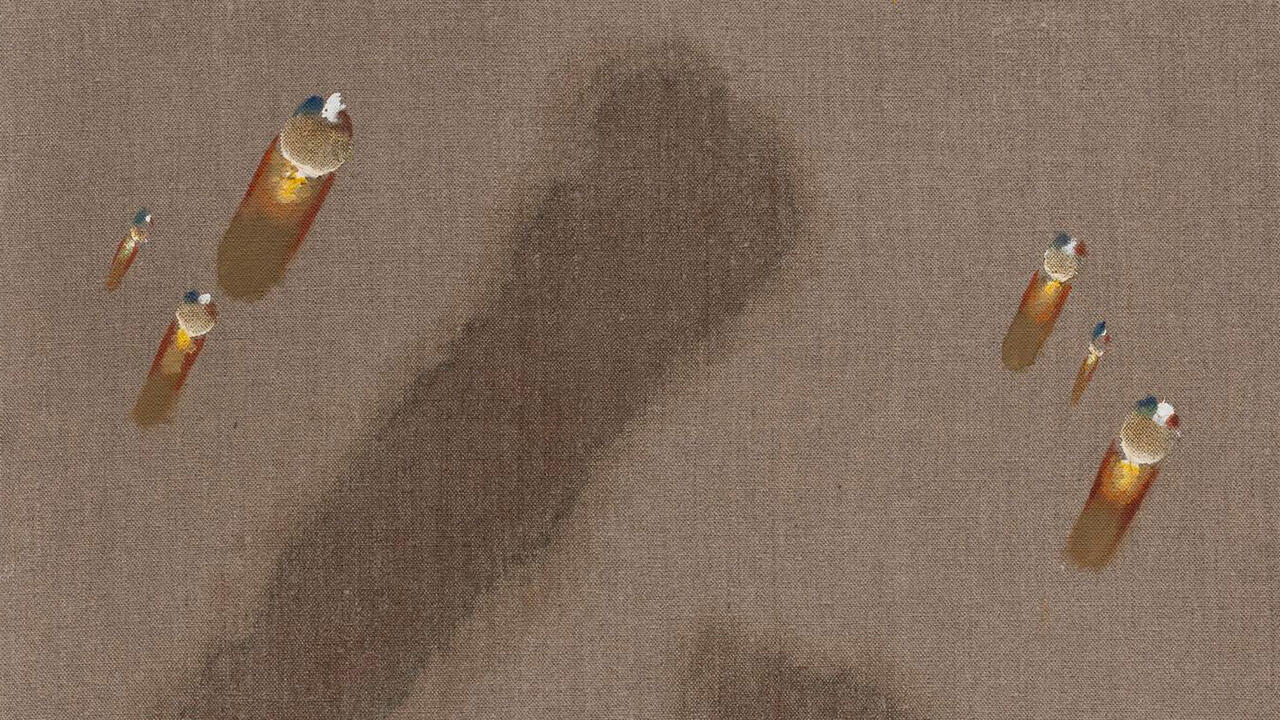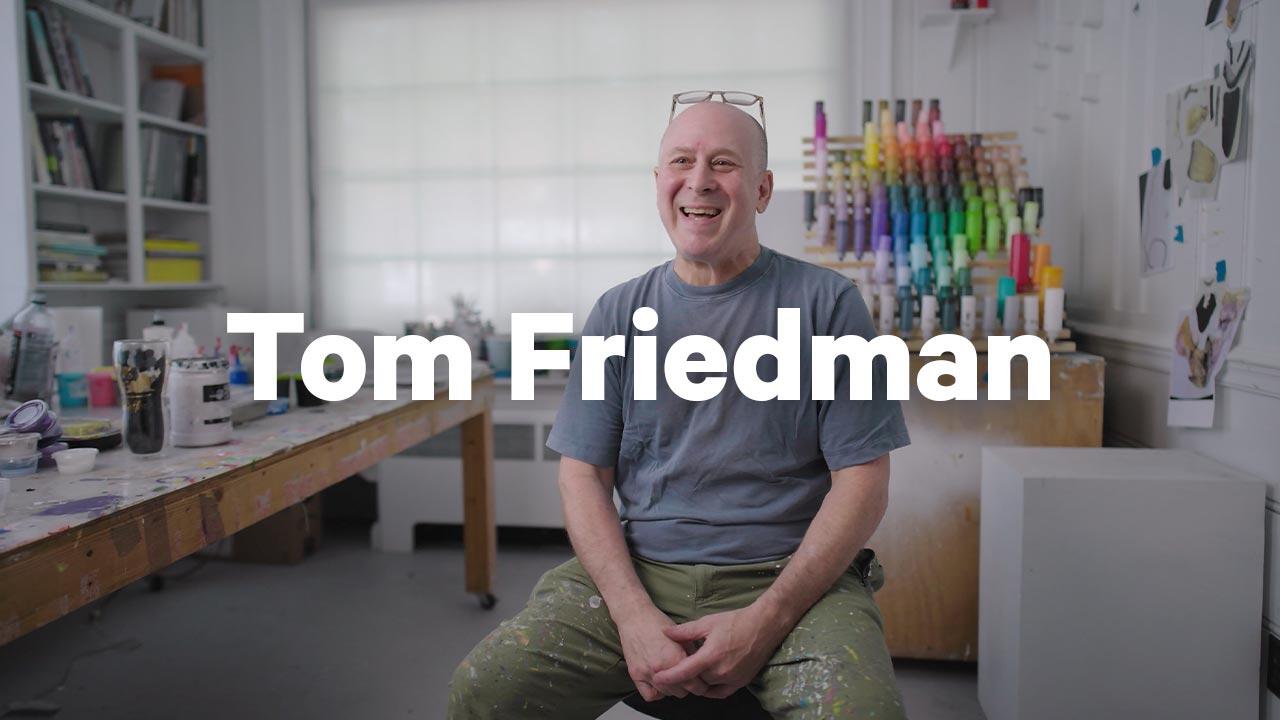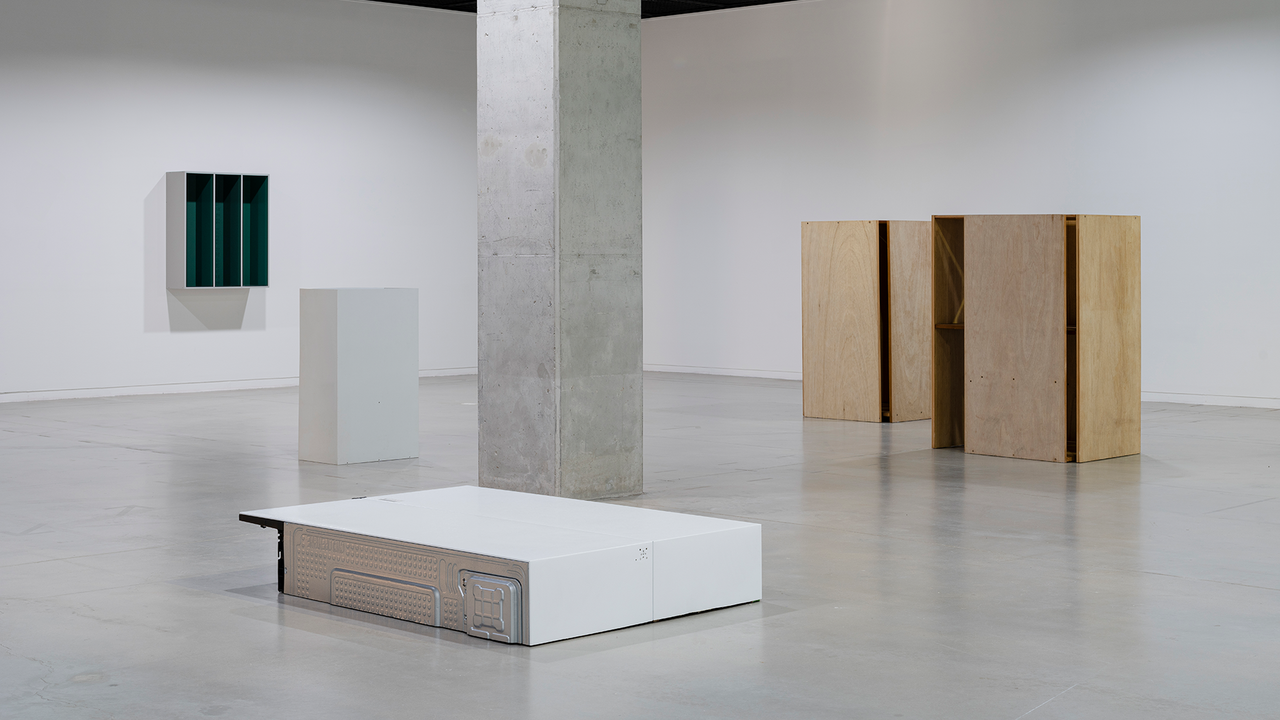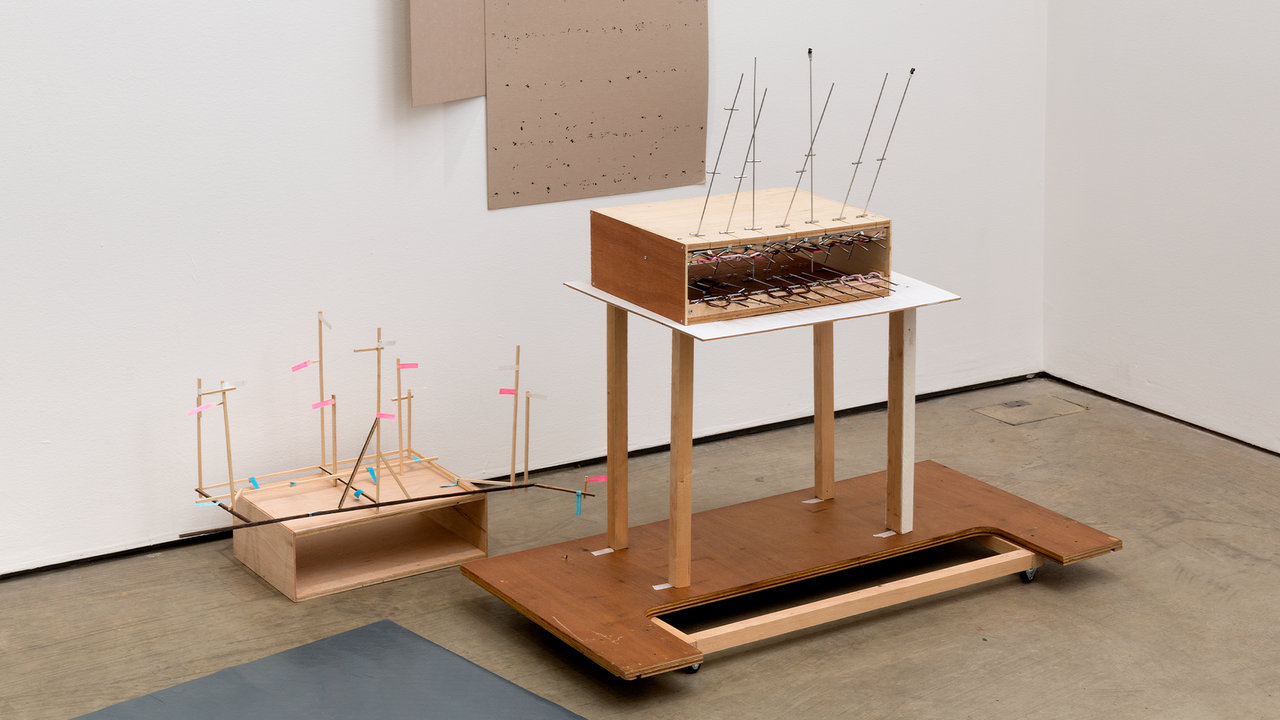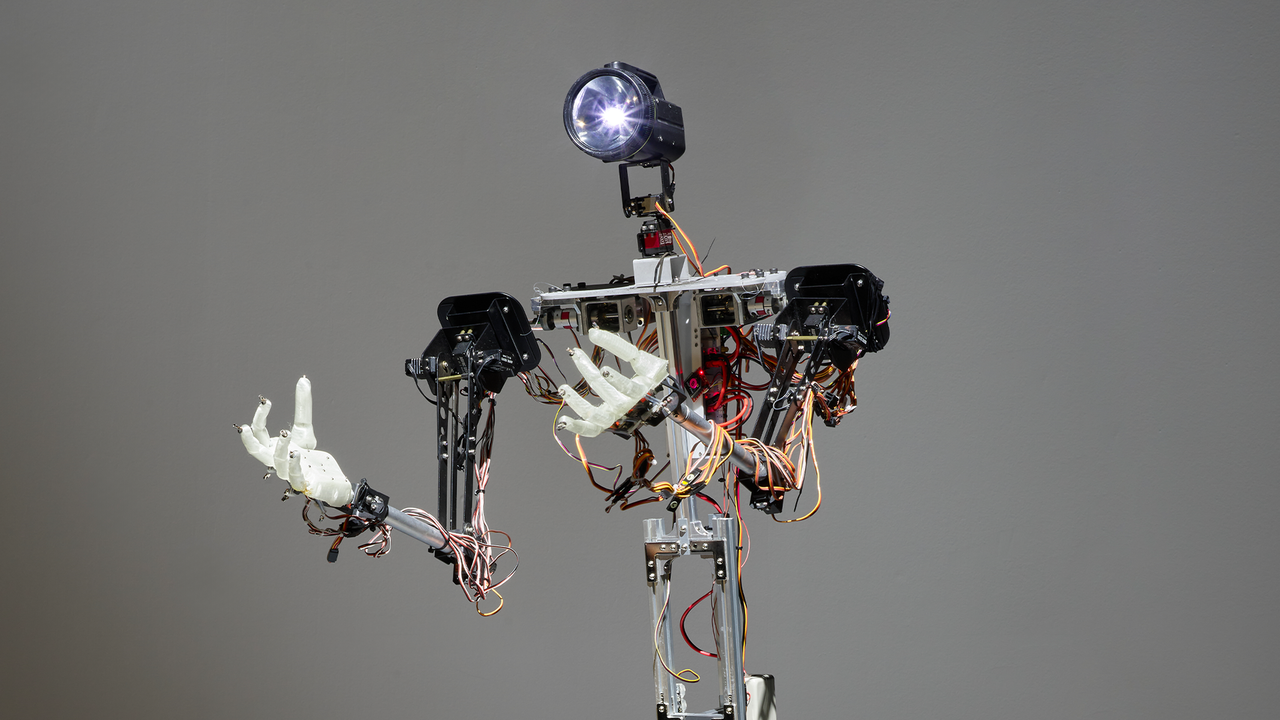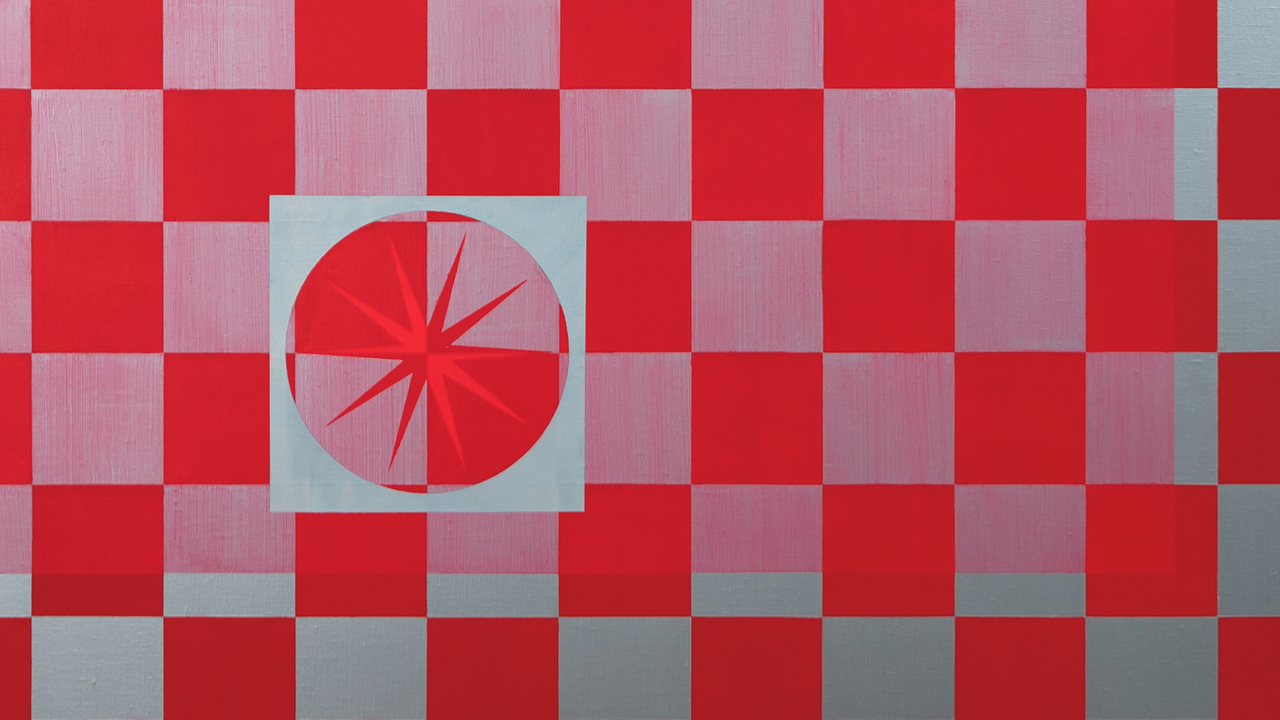Hay Fever
In this series, frieze d/e asks artists to discuss the technical and logistical background to their works
In this series, frieze d/e asks artists to discuss the technical and logistical background to their works

When you walk into my studio, it smells like a barn. That’s because of the hay canvases I’ve been making for the past three years. I weave them out of hay ropes made for me in a village on the border between Lower Silesia and Greater Poland. These ropes are not originally a Polish material, at least not according to the villagers, who think the tradition probably comes from Germany, or from the Sorbian people who live in the German-Polish border region.It’s not entirely clear. But in Poland, too, such hay ropes were formerly used, for example, to make beehives and as insulation in houses. Today, they are only needed in the village in spring, when people wear themas costumes. These are then the hay men or ‘hay bears’, the spirits of spring. Their arrival, in a carnival-like procession, signals the end of winter.
The hay ropes are between seven and eight metres long and consist of dried grasses, herbs and flowers. The more diverse the meadow, and the taller the grasses, the better.No binding agents are used, since the ropes are held together solely by the friction between the twisted stems and a continuous hemp thread. So you take a bunch of dried hay,and then you start to twist it. The process takes seven people, with one person needed per metre to maintain the tension. The young men who perform this task for me don’t do it for a living. They meet up in the barn after work and treat the occasion like a party. They listen to music, drink beer – and make the hay ropes.

Today, techniques like this, featuring a very specific link between the countryside, material and mythology, are in danger of being forgotten. In the modern age, we tend to focus exclusively on the main centres: on Berlin, Paris or Munich. That’s where things begin; culture is in the city. Many people don’t expect there to be anything important in the countryside; they think it’s where farmers live, people who got left behind and neo-Nazis. That’s an ignorant view. Unfortunately, I don’t speak any Polish myself, I have someone who selects the right hay with the men beforehand. It has to be the right colour, the right age and properly dried. When the ropes are finished, I drive to the village, and we all look over them together. Later, when I weave them into a picture, I need one or two helpers as the ropes must also be kept taut while being woven onto the frame of ash wood. One person does the weaving (plain, twill or satin weave) while the others feed the rope and keep twisting it. Otherwise it gets too loose. You have to weave really tightly, which means serious physical exertion.

In the process of weaving, space is constantly being twisted. This is a basic theme in my work, including my folded acrylic glass pieces. You can look at a folded acrylic glass work – or a hay canvas – as a flat plane, but it’s always also three-dimensional. In the hay works, the individual ropes with their wound stems are already a twisted space. During the weaving, this space is twisted again. Finally, then, one is looking at a doubly-twisted space. If you choose to perceive it as a flat surface, that’s a decision you make. Even a normal unprimed canvas is never just a surface, but always also a twisted space. If you go right up close to a canvas, it basically looks just like one of my hay works.
I call these works ‘light pictures’. During my research, I noticed that hay symbolizes the same thing across all cultures, even in Japan: light and sun. Presumably due to its specific colour and shine. It seems people all over the world have this same association when they see hay: that it comes from light and grows towards light.
A finished work is made up of around 100 metres of rope, roughly fifteen individual lengths. Each piece weighs around 80 kilos. They are fragile, certainly, but transporting them isn’t especially complicated. The only important thing is to drill holes in the crates for ventilation. It would be bad for the hay to start sweating in the crate. People often ask me if beetles ever get into the hay. It hasn’t happened so far. The hay is disinfected by having been lain in the sun to dry. Ultraviolet light kills insects. Even if a beetle did get into one of the works, it wouldn’t eat the hay. Beetles don’t eat cellulose. And as for the smell, it’s unmistakeable and initially quite strong. It fades with time – the same as with tea. And the nice thing is that it always changes slightly with the weather, depending on humidity levels. If an unprimed canvas gets wet, it also smells slightly close up. Both are natural materials.
Translated by Nicholas Grindell











